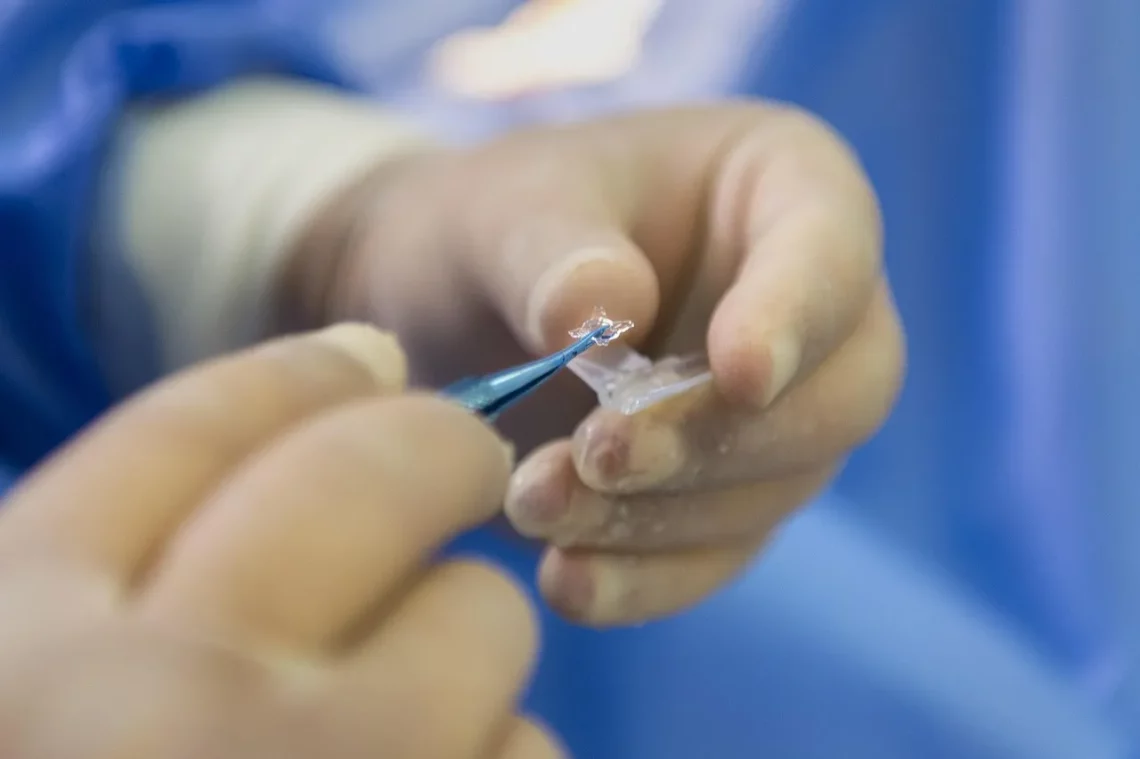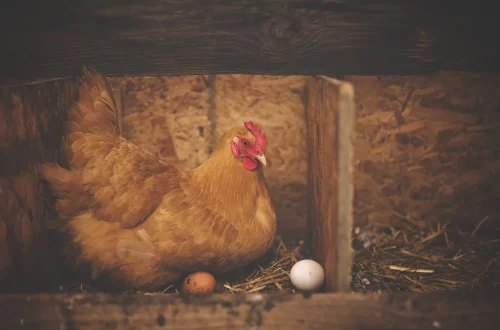-
Understanding Dog Knee Surgery: What Pet Owners Need to Know
Dog knee surgery is a significant procedure that many pet owners may face at some point in their journey with their canine companions. Just like humans, dogs can experience knee problems due to various factors such as injury, age, or genetics. Conditions like cranial cruciate ligament (CCL) tears or patellar luxation are common issues that can lead to the need for surgical intervention. Understanding these conditions and the surgical options available is essential for pet owners to make informed decisions about their dog’s health and well-being. The thought of surgery can be daunting for any pet owner, as it involves not only financial considerations but also the emotional strain of…
-
Understanding the Importance of the Canine Carpal Pad in Dogs
The canine carpal pad is a small yet significant part of a dog’s anatomy that often goes unnoticed by pet owners. Located on the inner side of a dog’s front leg, this pad plays a crucial role in the overall functionality and health of a dog’s limbs. While many people may focus on more prominent features like the paws or claws, understanding the importance of the carpal pad can help pet owners appreciate the intricate design of their furry friends. The carpal pad is not just a mere accessory; it serves multiple functions that contribute to a dog’s mobility and stability. It acts as a shock absorber, providing cushioning during…
-
Understanding the Ear Crop Chart: A Guide for Dog Owners
Understanding the Ear Crop Chart: A Guide for Dog Owners When it comes to our canine companions, few decisions are as emotionally charged and complex as the choice to crop a dog’s ears. This practice, often rooted in tradition and breed standards, has sparked debates among dog owners, veterinarians, and animal rights advocates alike. Ear cropping involves the surgical alteration of a dog’s ears, typically to achieve a specific aesthetic that some breeds are known for. While some owners embrace this practice for its perceived benefits—such as a more alert appearance or reduced risk of ear infections—others vehemently oppose it, viewing it as an unnecessary procedure that can cause pain…
-
Can a Dog’s Leg Fall Asleep and What to Do About It?
Dogs are beloved companions who bring joy and affection into our lives. They are playful, loyal, and often full of energy, which makes them wonderful pets. However, like humans, dogs can experience various physical sensations and conditions that may be puzzling to their owners. One common observation among dog owners is when their pet’s leg seems to “fall asleep,” resulting in temporary weakness or an unusual gait. This phenomenon can be concerning, especially if it occurs frequently or lasts for an extended period. Understanding why a dog’s leg may feel numb or weak can help alleviate concerns and ensure that your furry friend remains healthy and happy. This sensation, often…
-
Can a Dog’s Leg Fall Asleep and What You Should Know About It
Dogs are known for their playful nature and boundless energy, but just like humans, they also experience moments of rest and relaxation. However, many dog owners may notice their furry companions exhibiting peculiar behaviors, such as a leg twitching or appearing to “fall asleep” while standing or lying down. This phenomenon can be both amusing and concerning to pet owners. Understanding the intricacies of a dog’s sleep patterns, physical health, and behavior is essential for any dog lover. As we delve deeper into this topic, it becomes clear that a dog’s leg may indeed exhibit unusual behaviors during sleep or even while awake. This raises questions about what is normal,…
-
Understanding Dog Knee Operations: What Every Pet Owner Should Know
When it comes to our furry companions, few things can be as distressing as witnessing them struggle with mobility issues. Dogs, much like humans, can experience a range of joint problems, particularly in their knees. These conditions can stem from various causes, including injuries, arthritis, or congenital issues, and they often require surgical intervention to restore the quality of life that our pets deserve. Understanding the intricacies of dog knee operations is paramount for pet owners who want to make informed decisions regarding their beloved animals’ health. Surgery can be a daunting prospect, not only for the pet but also for the owner, who may be filled with concerns about…
-
Understanding Great Pyrenees Dewclaws: Care and Considerations
Understanding the unique characteristics of the Great Pyrenees breed extends beyond their majestic appearance and gentle temperament. Among these distinctive features are dewclaws, which can often raise questions among pet owners. Dewclaws are vestigial digits that some dog breeds possess, and their presence can vary significantly. For the Great Pyrenees, dewclaws serve specific functions and can impact their overall well-being. As a breed known for its history as a livestock guardian, the Great Pyrenees has evolved with unique adaptations that assist them in their roles. Understanding the anatomy and purpose of dewclaws can give owners insights into how to better care for their pets. These often-overlooked appendages can play a…
-
Understanding the Boxer Dog’s Cut Ears: Care and Considerations
The Boxer dog, known for its energetic nature and playful demeanor, has captivated dog lovers around the world. One of the distinctive features of this breed is its ears, which can be cut or cropped for various reasons. While some owners appreciate the aesthetics of cropped ears, others may be unfamiliar with the implications of this practice. Understanding the origins, care requirements, and potential concerns related to a Boxer dog’s cut ears is essential for any prospective or current owner. Beyond aesthetics, the choice to crop a dog’s ears often stems from historical practices in breeding for specific traits, including working capabilities and breed standards. However, as pet ownership evolves,…
-
Understanding the Unique Traits of a Cocker Spaniel’s Tail
Understanding the Unique Traits of a Cocker Spaniel’s Tail The Cocker Spaniel is a beloved breed known for its friendly demeanor and playful spirit. One of the most distinctive features of this breed is its tail, which serves not only as a means of communication but also as a reflection of the dog’s emotions and overall health. The tail of a Cocker Spaniel is not just any appendage; it is a vital part of its anatomy that plays a significant role in its daily interactions and behaviors. The tail’s structure, length, and movement can tell a lot about the dog’s mood and well-being. Observing how a Cocker Spaniel carries its…
-
Understanding German Shepherd Ears: Care, Characteristics, and Health
Understanding the unique characteristics of German Shepherd ears is essential for dog owners, enthusiasts, and breeders alike. These remarkable dogs are not only known for their intelligence and loyalty but also for their distinctive ear shape and behavior. German Shepherds are one of the most recognizable breeds, and their ears play a significant role in their overall appearance, health, and communication. The ears of a German Shepherd are typically large, erect, and pointed, giving them an alert and attentive look. This physical trait is not just for show; it serves functional purposes as well. Their ears are equipped with a range of muscles that allow for movement, helping them to…






































